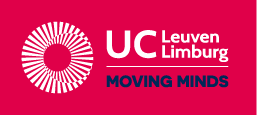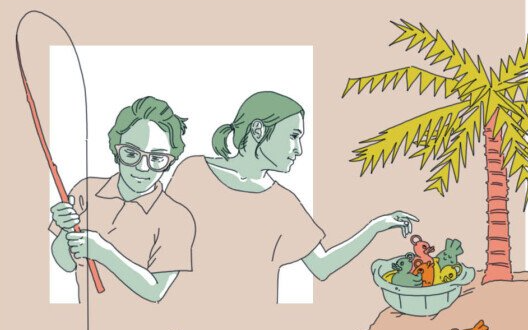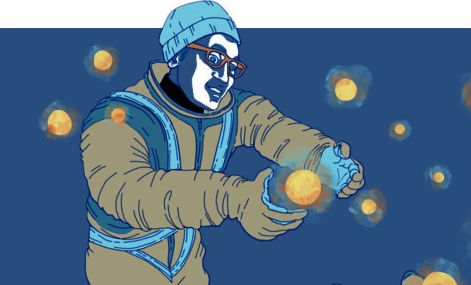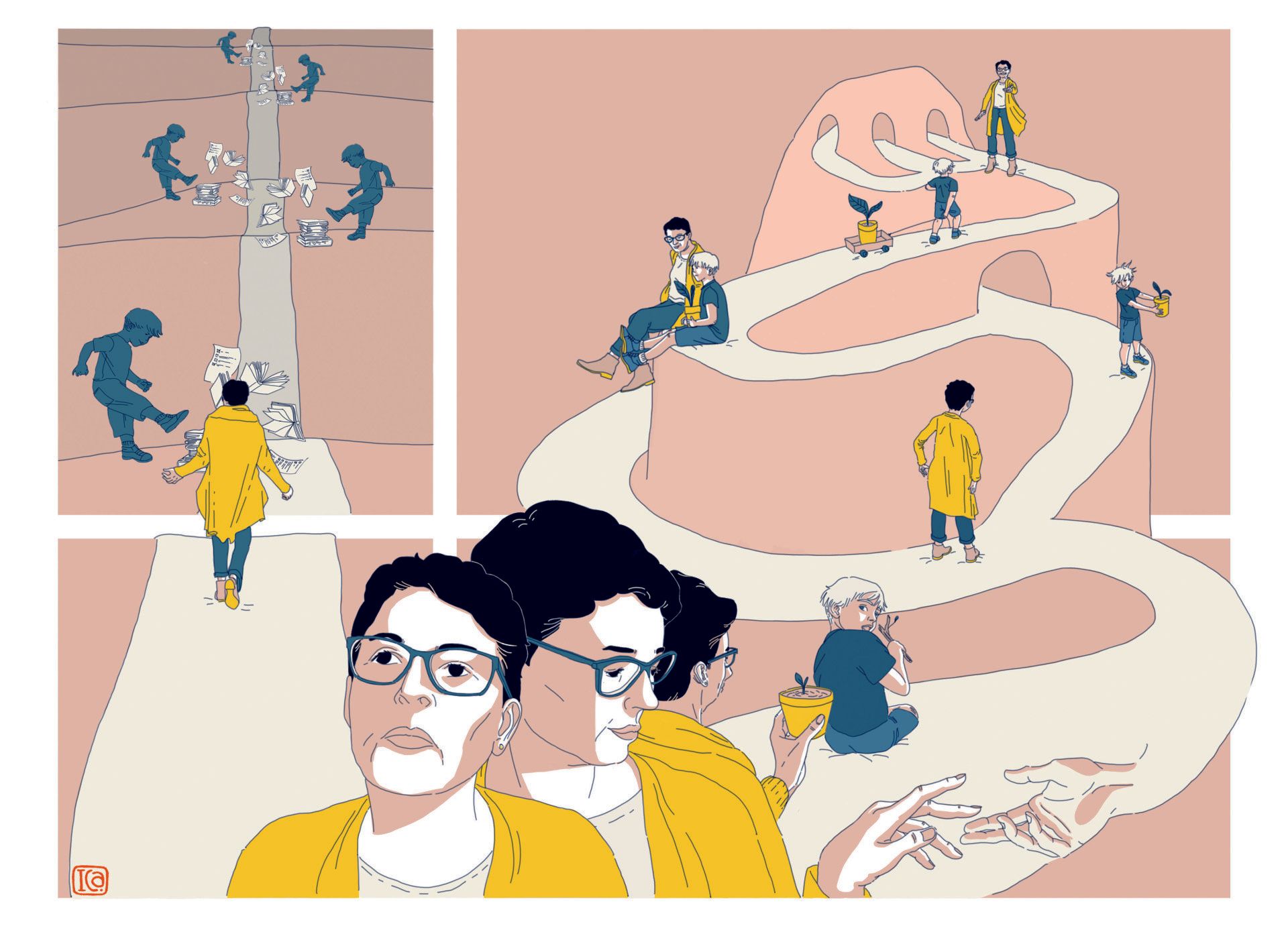Methodology
(Official translation) The original outline was to submerge ourselves as post-graduate teachers and researchers thoroughly into the world of the teachers involved by a kind of residency in their respective workplaces, as inspired by the contemporary idea of the artist-in-residence. The moment we are ready to pay a first exploratory visit to their classrooms, following a period of studying literature and conducting try-outs, the schools close the doors. The Covid-19-pandemic interferes with our plans on a massive scale. A the same time she provides us with a unique perspective on the daily practice of education. So, instead of visiting them in their classrooms, we conduct in-depth interviews with the teachers via Skype, Zoom, Teams.
There’s only one question, put into words in two different ways: How do you experience this lockdown as a teacher? How do you look at your educational practice from this peculiar perspective?
There’s no need to insist whatsoever. The teachers love to talk extensively about their teachership. Seldom do they use the language of measurability. The stories they tell us fit spontaneously in that ‘other’ dimension of education. The way in which we have represented what they told us in these interviews bears resemblance to the methodology of ethnofiction. We want to stay as close as possible to the words of the interviewees, rendering their story as they themselves tell it, not as we interpret or understand it. At the same time, readability and imaginability of the story are important. So, as in ethnofiction “the tale is developed using information gathered directly through contact with the participants. Direct lines of quotation are used whenever possible” and there is at the same time “a playing with events in such a way as to present a seamless tale” (St. Pierre, 2014, p. 341-343).
The decision to translate their narratives into graphic images and to connect them with existing paintings, poems and stories came naturally. The fundamentally elusive and impervious character of this dimension of education, and her entanglement with the notion of interruption, points us from within to the language of the arts, of images, methaphors and symbols. An instrumental, quantitative language and one-dimensional descriptions fall short. They do not manage to evoke something, instead of capturing it. The researchers in the above mentioned project ‘De liefde voor het vak’ also used images and stories, which strengthened us in this decision.
We have difficulties finding the right description for the way we handled research from there on, until we come across texts like that of Springgay, Irwin and Wilson (2005) giving words to inquiry in the shape of a/r/tography, as a “Living Inquiry Through Art and Text” (p. 899). Instead of being a research method following the straight-lined course of objective rationality, like most traditional modes of qualitative research, a/r/tography refers to an enacted living inquiry through a process of art making and writing. “It is a process of double imaging that includes the creation of art and words that are not separate or illustrative of each other but instead, are interconnected and woven through each other to create additional meanings” (p.899). In these words we recognize the way we proceeded in this research process. We did take the whole of our embodied identities as a researcher, teacher, philosopher, theologist and artist into the bath of this inquiry (in one drawing even literally). Gradually, through the ongoing interaction of these identities, we saw the emergence of meanings that resulted in the creation of a drawing and a text for each of the teachers we interviewed. The outcome of our research are four drawn pictures of four teachers in different educational institutions, respectively Kindergarten, Primary School, Secondary School and Teacher Education. These portraits are combined with texts inspired by the interference between other works of art, biblical texts and pedagogical concepts.
For example, the portrait of “juf Liesbeth” resulted from confrontation with Biesta’s pedagogical notion of ‘interruption’, Levinas’ thinking of the relationship between Self and Other, Leonard Cohen’s song ‘Anthem’, Kae Tempests poem ‘Hold your own’ and the biblical story of the Good Samaritan (Lc 10, 31-37).
With these portraits and texts we do not pretend to have created new, absolute, definitive, fully present meanings. Here we follow a post-modern understanding of pedagogy and the views on the emerging of meaning and truth by philosophers like Derrida and Merleau-Ponty. “Rendering is not simply about art or text that “stands for” a particular concept of research finding; rather, it is a possibility of creating meaning, a possibility of what it is, is not, and what it might be. Thus, renderings are not simply static images or words captured on a page; they are visual, aesthetic and textual performance that dance and play alongside each other” (Springgay et al., 2005, p. 908). As such, they are “a making strange” ( p. 903), a re-writing and re-creating of what education means. They leave room for encounters between ourselves as artists/researchers/teachers and the reader/viewer. They are an evocation in which absence calls out for the answers of the spectators and thus await new meaning making, “adding layers of inter/textual dwelling” (p. 900) in the continuing hermeneutical conversation of mankind.







